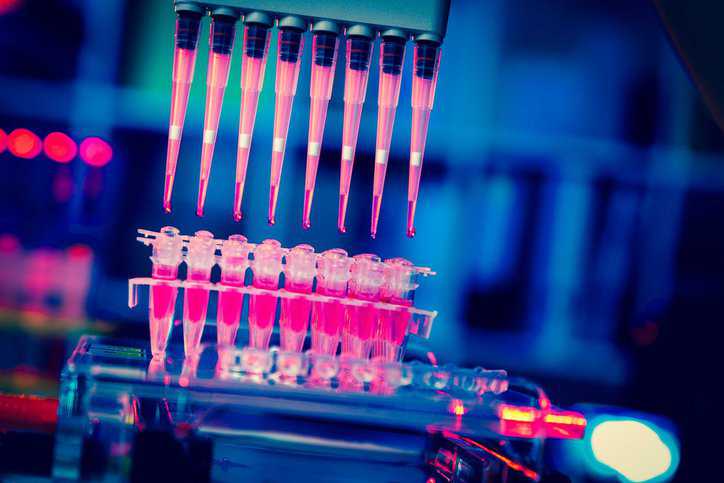Biobanks are a key component of performing modern medical and healthcare research, producing many research studies with significant implications for improving health. Researchers have learned from studies using samples from biobanks about safe and effective treatment doses of anti-seizure medications, medicines used to treat heart disease or genetic changes, and medicines used to decrease a person’s risk for osteoporosis, rheumatoid arthritis, asthma, or certain cancers. ANAB recognizes the importance of biobanked material in multiple scientific disciplines and has implemented a program to accredit organizations to the international standard ISO 20387:2018 – Biotechnology – Biobanking – General Requirements For Biobanking.
What Are Biobanks?
Biobanks are collections of human biological tissue or fluid specimens for scientific research and healthcare. They are collected for research to improve the understanding of health and disease; hence, the biobank functions as a medical archive for researchers. The goal of biobank research is to yield novel insights into the genetic component of disease, facilitating a more personalized process to collecting health data. Biobanking activities may also include the collection of animal, plant, fungus, tissues, and microorganisms for research and development.
What Are the Types of Biobanks?
The types of information and samples collected from biobanks depend on its specific purpose of the biobank. For example, some biobanks are “population-based” or “disease-oriented:”
- Population-based biobanks provide specimens from individuals of a general population or region. They are focused on studying the role of individual genetic susceptibility and exposure to external factors in the development of particular disorders by linking molecular data with other related information.
- Disease-oriented biobanks collect disease-specific biospecimens. They are focused on a single type of tissue or include biospecimens from different sources that are relevant to a particular disease like cancer.
Which Places Create and Use Biobanks?
- Hospitals
- Research centers
- Universities
- Nonprofit organizations that study specific diseases
- Pharmaceutical companies
What Is the ANAB ISO 20387 Biobanking Accreditation Program?
ANAB accredits biobanking organizations to ISO 20387:2018. This standard specifies guidelines for the consistent and competent operation of biobanks, specifically quality control requirements to ensure biological material and data collections of appropriate quality. Quality control is further detailed in ISO 9001:2015 – Quality Management Systems – Requirements.
ANAB assures that organizations have adhered to these ISO standards to promote confidence in biobanking. Based on ISO 20387 and ISO 9001, ANAB’s biobanking accreditation program includes the following criteria for accredited organizations:
- Maintaining a quality control plan that incorporates an evaluation of risk and is retained for a minimum of 4 years.
- Notifying ANAB of unsatisfactory results.
- Documenting appropriate corrective action if ISO 20387 non-conformities are discovered.
- Proving metrological traceability (MT) to the International System of Units (SI).
The ANAB ISO 20387 Accreditation Process
ISO 20387 accreditation involves an independent assessment of the biobanking organization that includes an examination of the quality management system. ANAB’s ISO 20387 Accreditation Program ensures that the accreditation process meets the specific activities (acquisition, collection, material handling, traceability, reporting, preservation, sampling, testing, managing, analysis, and distribution) that each biobank or biorepository performs and documents by regular re-assessments. Accredited organizations are also required to participate in proficiency testing programs (EQAs). This adds an extra stamp of technical expertise and thorough evaluation to ANAB’s accreditation process for all factors affecting the biological material and data quality in biobanking.
